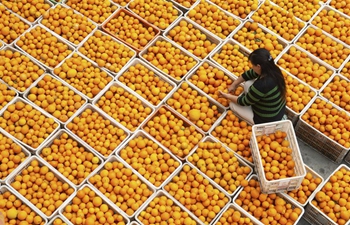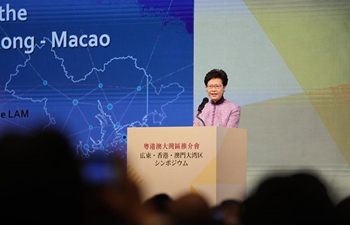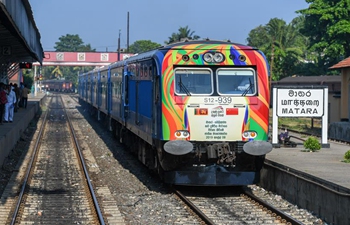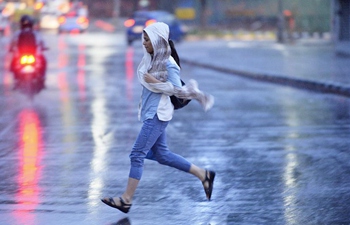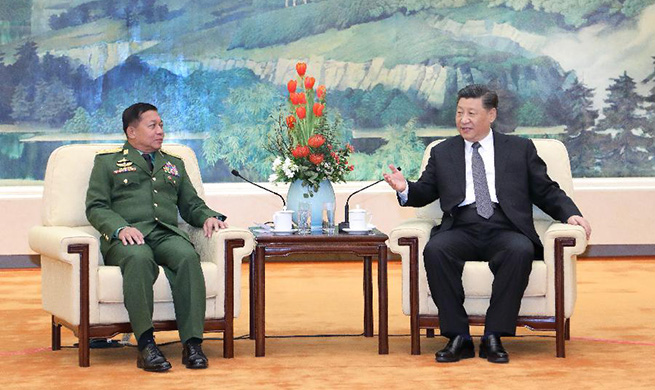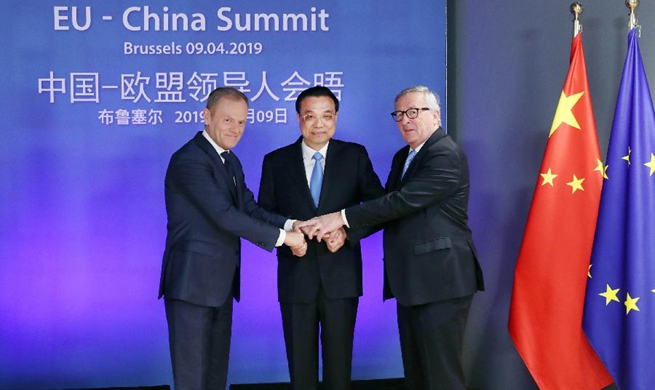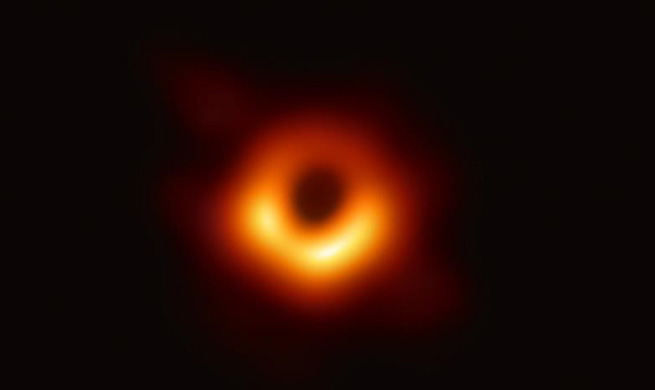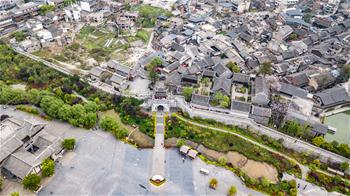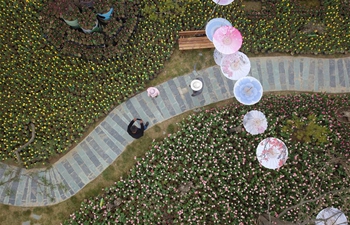BEIJING, April 10 (Xinhua) -- Spring has come to Beijing, and with it comes opera season.
The National Center for the Performing Arts (NCPA), the country's prime theater in the heart of Beijing, opened its annual opera festival on Wednesday.
Now in its 11th year, the festival is not in the same league as what it was at its inception in 2009.
According to its organizers, the festival will showcase 38 performances of 11 classic operas and concerts in 116 days.
The stage will not be dominated by Western classics such as "Les Pecheurs de Perles," "Un Ballo in Maschera," "Turandot," "Les Contes d'Hoffmann" and "Snow White." This year, popular Chinese operas such as "The Long March" and "170 Days in Nanking" will be there as well.
Shows matter. But the biggest leap forward in China's opera scene over the decade is the growing number of people who appreciate this art.
"I am looking forward to the performances," said Luo Laiming, a young opera fan in Beijing, naming "Turandot" as her favorite.
Theaters, concerts, exhibitions and classic shows are attracting bigger and younger crowds in China today as the country's market for high art matures.
According to official statistics, 1,358 concerts, 755 musicals, 294 big gigs and 148 operas were staged in the Chinese capital last year.
On Damai.com, a popular event ticketing website, more than 100,000 performances were staged across China in 2018, up 28 percent year-on-year. These events covered 400 cities and reached 35 million people.
Sold outs shows are becoming common. "Aida," a classic opera on the love story between an Ethiopian princess and an Egyptian hero, was sold out two weeks before its debut in Beijing.
Increasingly, Chinese high art consumers are asking for original content. The NCPA is a fine witness to this change.
By the end of 2018, the NCPA had commissioned 87 productions, featuring operas, theater plays and dances. About one third are original.
"People just want more and better shows, as their eyes are opened by the variety of high art," the People's Daily quoted a senior observer of the performing arts market as saying.
Efforts are also being made to introduce high art to grade schools through regular lectures, shows and events.
The government is also driving the popularization of high art as it endeavors to create a favorable environment for art and literature to thrive.
Observers have taken note of the growing art market in smaller cities and towns after booms in mega-cities like Beijing and Shanghai.
"It is very important now to explore new markets and reach for more audience out there," said Cui Hao, a senior market analyst.




